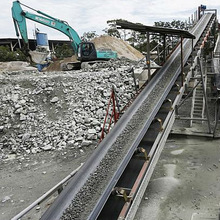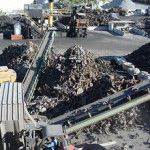
Cement Industry Analysis
Cement Industry Analysis. Cement industry overview, its applications: Cement is the glue that holds the concrete together, and is therefore critical for meeting society’s needs of housing and basic infrastructure such as bridges, roads, water treatment facilities, schools and hospitals. Concrete is the second most consumed material after water, with nearly three tonnes used annually for each person on the planet. Being one of the basic elements for setting up strong and healthy infrastructure, Cement plays a crucial role in economic development of any country. Having more than a hundred and fifty years history, it has been used extensively in construction of anything, from a small building to a mammoth multipurpose project.
Cement is an essential component of infrastructure development and most important input of construction industry, particularly in the government’s infrastructure and housing programs, which are necessary for the country’s socioeconomic growth and development. It is also the second most consumed material on the planet. The Indian cement industry is the second largest producer of cement in the world just behind China, but ahead of the United States and Japan. It is consented to be a core sector accounting for approximately 1.3% of GDP and employing over 0.14 million people. Also the industry is a significant contributor to the revenue collected by both the central and state governments through excise and sales taxes. The manufacturing process of cement consists of mixing, drying and grinding of limestone, clay and silica into a composite mass. The mixture is then heated and burnt in a pre-heater and kiln to be cooled in an air-cooling system to form clinker, which is the semi-finished form. This clinker is cooled by air and subsequently ground with gypsum to form cement.
There are different varieties of cement based on different compositions according to specific end uses, namely, ORDINARY PORTLAND CEMENT, PORTLAND POZZOLANA CEMENT, WHITE CEMENT, PORTLAND BLAST FURNACE SLAG CEMENT and SPECIALISED CEMENT. The basic difference lies in the percentage of clinker used.
During the period from 2006 to 2008, total cement consumption grew from 2,568 million tonnes to 28572 million tonnes, at a Compounded Annual Growth Rate (CAGR) of close to 7%. The rapid increase in global cement consumption is led by increasing demand for infrastructure in emerging economies, with Asia accounting for 66% of the global demand. China was the world’s largest consumer of cement in 2008 and accounted for 48.73% of total cement consumption.

